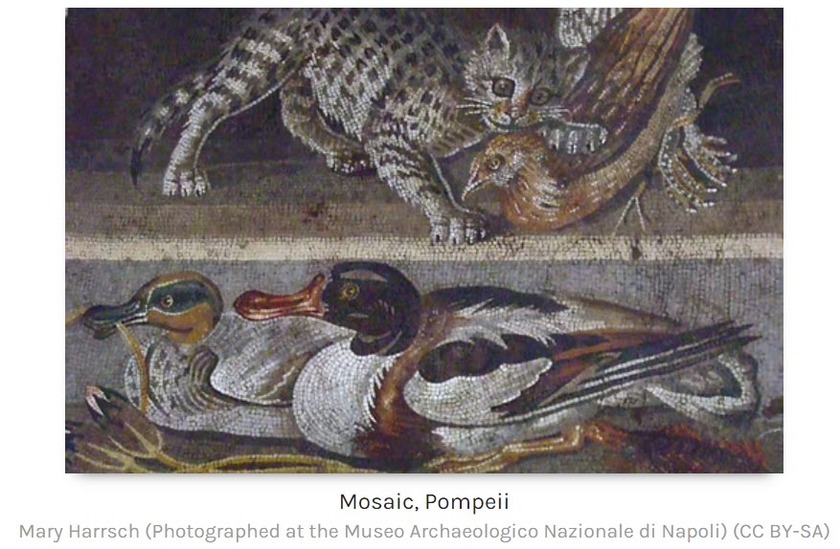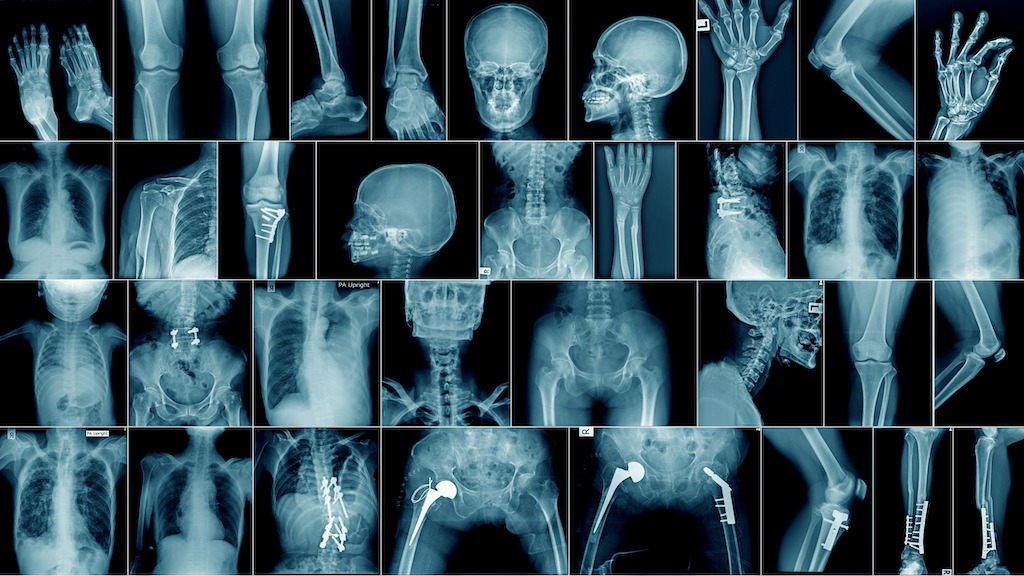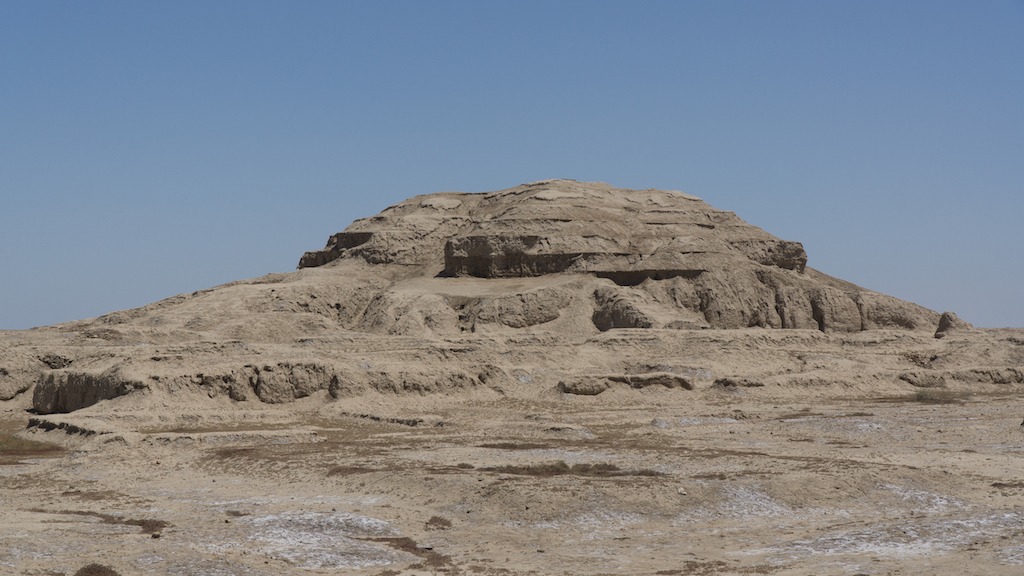First, I am not a cat lady, but a dog lady. However, many of my readers may be cat people, so for pet Friday we are doing one on Cats of the ancient world that I found interesting. The following is from www.worldhistory.org:
"Cats and humans have shared in each other's lives for thousands of years and, even though they have not always been regarded as highly as in the present, have played an important role in a number of cultures. Always enigmatic, the cat has sometimes been mistrusted by various civilizations but always managed to prove their worth.
Although it has been commonly accepted that cats were first domesticated in Egypt 4000 years ago, their history among human beings goes back much further. Wild cats are now known to have lived among the people of Mesopotamia over 100,000 years ago and to have been domesticated there approximately 12,000 BCE at about the same time as dogs, sheep, and goats. Archaeological excavations in the past ten years have provided evidence that the Near Eastern Wildcat is the closest relative of the modern-day domestic cat and was bred by Mesopotamian farmers, most probably as a means of controlling pests, such as mice, which were attracted by grain supplies.
The writer David Derbyshire cites a 2007 CE research project in which, “the study used DNA samples from 979 wild and domestic cats to piece together the feline family tree. They looked for markers in mitochondrial DNA - a type of genetic material passed down from mothers to kittens which can reveal when wild and domestic cat lineages were most closely related.” This project was headed by Dr. Andrew Kitchener, a Zoologist at the National Museums of Scotland, who writes, "This shows that the origin of domestic cats was not Ancient Egypt - which is the prevailing view - but Mesopotamia and that it occurred much earlier than was thought. The last common ancestor of wildcats and domesticated cats lived more than 100,000 years ago” (Derbyshire).
Dr. Kitchener's findings built upon the evidence of cat's domestication provided by the discovery in 1983 CE of a cat skeleton in a grave dating to 9,500 BCE on the island of Cyprus. This find, made by the archaeologist Alain le Brun, was important because Cyprus had no indigenous cat population and it is unlikely that settlers would have brought a wild cat, by boat, to the island.
Cats in Ancient Egypt
The cat's association with ancient Egypt, however, is understandable in that Egyptian culture was famous for its devotion to the cat. The export of cats from Egypt was so strictly prohibited that a branch of the government was formed solely to deal with this issue. Government agents were dispatched to other lands to find and return cats which had been smuggled out. It is clearly established that, by 450 BCE, the penalty in Egypt for killing a cat was death (though this law is thought to have been observed much earlier). The goddess Bastet, commonly depicted as a cat or as a woman with a cat's head, was among the most popular deities of the Egyptian pantheon. She was the keeper of hearth and home, protector of women's secrets, guardian against evil spirits and disease, and the goddess of cats.
Her ritual centre was the city of Bubastis (“House of Bastet”) in which, according to Herodotus (484-425 BCE), an enormous temple complex was built in her honour in the centre of the city. Herodotus also relates that the Egyptians cared so much for their cats that they placed their safety above human life and property. When a house caught fire, the Egyptians would concern themselves more with rescuing the cats than with anything else, often running back into the burning building or forming a perimeter around the flames to keep cats at a safe distance.
When a cat died, Herodotus writes, “All the inhabitants of a house shave their eyebrows [as a sign of deep mourning]. Cats which have died are taken to Bubastis where they are embalmed and buried in sacred receptacles” (Nardo 117). The period of mourning was considered completed when the people's eyebrows had grown back. Mummified cats have been found at Bubastis and elsewhere throughout Egypt, sometimes buried with, or near to, their owners as evidenced by identifying seals on the mummies.
The greatest example of Egyptian devotion to the cat, however, comes from the Battle of Pelusium (525 BCE) in which Cambyses II of Persia defeated the forces of the Egyptian Pharaoh Psametik III to conquer Egypt. Knowing of the Egyptian's love for cats, Cambyses had his men round up various animals, cats chiefly among them, and drive the animals before the invading forces toward the fortified city of Pelusium on the Nile.
The Persian soldiers painted images of cats on their shields, and may have held cats in their arms, as they marched behind the wall of animals. The Egyptians, reluctant to defend themselves for fear of harming the cats (and perhaps incurring the death penalty should they kill one), and demoralized at seeing the image of Bastet on the enemy's shields, surrendered the city and let Egypt fall to the Persians. The historian Polyaenus (2nd century CE) writes that, after the surrender, Cambyses rode in triumph through the city and hurled cats into the faces of the defeated Egyptians in scorn.
The Egyptians are also responsible for the very name cat' in that it derives from the North African word for the animal, “quattah”, and, as the cat was so closely associated with Egypt, almost every other European nation employs variations on this word: French, chat; Swedish, katt; German, katze; Italian, gatto; Spanish, gato and so forth (Morris, 175). The colloquial word for a cat -puss' or `pussy' - is also associated with Egypt in that it derives from the word Pasht, another name for Bastet.
Cats In India
Cats are mentioned in the two great literary epics of ancient India, The Mahabharata and The Ramayana (both c. 5th/4th century BCE). In Mahabharata a famous passage concerns the cat Lomasa and the mouse Palita, who help each other escape from death and discuss at length the nature of relationships, particularly those in which one of the parties is stronger or more powerful than the other. In the Ramayana, the god Indra disguises himself as a cat after seducing the beautiful maid Ahalya as a means to escape from her husband. As was the case everywhere else, cats in India were found to be particularly useful in controlling the populations of less desirable creatures like mice, rats, and snakes and so were honoured in the homes, farms, and palaces throughout the land.
That the cat was seen as more than just a method of pest control is substantiated by the reverence accorded to felines in the literature of India. The famous story of Puss in Boots (best known through the French version by Charles Perrault, 1628-1703 CE) is taken from a much older Indian folk tale in the Panchatantra from the 5th century BCE (though the character of the cat's master has a very different personality in the older tale than the one in Perrault's story). The esteem in which cats were held is also evident in the Indian cat goddess, Sastht, who served much the same role as Bastet and was as greatly revered.
The Persian Cat
A Persian tale claims the cat was created magically. The great Persian hero Rustum, out on campaign, one night saved a magician from a band of thieves. Rustum offered the older man the hospitality of his tent and, as they sat outside under the stars, enjoying the warmth of a fire, the magician asked Rustum what he wished for as a gift in repayment for saving the man's life. Rustum told him that there was nothing he desired since everything he could want, he already had before him in the warmth and comfort of the fire, the scent of the smoke and the beauty of the stars overhead. The magician then took a handful of smoke, added flame, and brought down two of the brightest stars, kneading them together in his hands and blowing on them. When he opened his hands toward Rustum, the warrior saw a small, smoke-grey kitten with eyes bright as the stars and a tiny tongue which darted like the tip of flame. In this way, the first Persian cat came to be created as a token of gratitude to Rustum.
The prophet Muhammed was also very fond of cats. According to legend, the `M' design on the forehead of the tabby cat was made when the prophet blessed his favourite cat by placing his hand on its head. This cat, Meuzza, also features in another famous story in which Muhammed, called to prayer, found the cat asleep on his arm. Rather than disturb the cat, Muhammed cut the sleeve from his robe and left Meuzza to sleep. The status of the cat, therefore, was further enhanced by its association with a figure of divinity.
Cats in China and Japan
This was also true in China where the goddess Li Shou was depicted in cat form and petitions and sacrifices made to her for pest control and fertility. She too, was a very popular goddess who was thought to embody the importance of cats in the early days of creation. An ancient Chinese myth relates that, in the beginning of the world, the gods appointed cats to oversee the running of their new creation and, in order for communication to be clear, granted cats the power of speech. Cats, however, were more interested in sleeping beneath the cherry trees and playing with the falling blossoms than with the mundane task of having to pay attention to the operation of the world.
Three times the gods came to check on how well the cats were doing their job and all three times were disappointed to find their feline overseers asleep or at play. On the god's third visit, the cats explained they had no interest in running the world and nominated human beings for the position. The power of speech was then taken from the cats and given to humans but, as humans seemed incapable of understanding the words of the gods, cats remained entrusted with the important task of keeping time and so maintaining order. It was thought that one could tell the time of day by looking into a cat's eyes and this belief is still maintained in China.
In Japan, the famous image of the `Beckoning Cat' (the maneki neko figure of the cat with one raised paw) represents the goddess of mercy. The legend goes that a cat, sitting outside of the temple of Gotoku-ji, raised her paw in acknowledgement of the emperor who was passing by. Attracted by the cat's gesture, the emperor entered the temple and, moments later, lightning struck the very spot where he had been standing. The cat, therefore, saved his life and was accorded great honours.
The Beckoning Cat image is thought to bring good luck when given as a gift and remains a very popular present in Japan. The cat was regularly considered a guardian of the home and was thought to be the special protector of valuable books. Cats were often housed in private pagodas in Japan and were considered so valuable that, by the 10th century CE, only the nobility could afford to own one.
Cats in Greece and Rome
Although cats were kept by people in Greece and Rome, the appreciation for the animal as a hunter was not as great in those cultures owing to the Greek and Roman practice of keeping domesticated weasels for pest control. The Romans regarded the cat as a symbol of independence and not as a creature of utility. Cats were kept as pets by both Greeks and Romans and were regarded highly.
A first century CE epitaph of a young girl holding a cat is among the earliest pieces of evidence of cats in Rome and, in Greece, the playwright Aristophanes (c. 446-386 BCE) frequently featured cats in his works for comic effect (coining the phrase, “The cat did it” in assigning blame). Among ancient civilizations, however, the cat was probably least popular among the Greeks owing to its association in certain myths with the goddess of death, darkness and witches, Hecate, who is more commonly associated with the dog (as is her Roman conterpart, Trivia). A much later development in Greek appreciation for the cat is evidenced in the legend that the cat protected the baby Jesus from rodents and snakes and so is accorded the best of spots in a Greek home but, originally, they do not seem to have been regarded highly.
Cats are thought to have been brought to Europe by Phoenician traders who smuggled them out of Egypt. As the Phoenicians are acknowledged to have extensively traded with every known civilization of the time, cats could have been spread around the region on a fairly regular basis. It is well documented that cats were kept on ships to control vermin during the time of the 15th century CE Age of Discovery and, most likely, they served the same purpose for the Phoenicians. If the Phoenicians did bring the cat to Europe, as seems very likely, they may have also introduced the Greek association of the cat with Hecate. As noted above, Hecate was associated with dogs regularly but one story in particular, which was quite popular, links the dark goddess with the cat.
The Greek myth which suggests this link is the well known story of Heracles (the Roman Hercules) and concerns Galinthius, a maid-servant to Heracles' mother, the Princess Alcmene. The god Zeus seduced Alcmene and she became pregnant with Heracles. Zeus' wife, Hera, was thwarted in her attempt to kill Alcmene and Heracles through the cleverness of Galinthius. Enraged, Hera transformed Galinthius into a cat and sent her to the underworld to ever after serve Hecate. This story was popularized by the Latin writer Antoninus Leberalis (2nd century CE) in his Metamorphosis, a retelling of older tales, which was popular enough to be copied and distributed up through the 9th century CE and to enjoy a wide readership through at least the 16th century CE. This myth, then, associated cats with darkness, transformation, the underworld, and witchcraft and, in time, these associations would prove very unfortunate for the cat."
I hope the cat people are happy now. :) Meow?
Reference: https://www.worldhistory.org/article/466/cats-in-the-ancient-world/
I have lost a lot of faith with the Medical Community and the Governments over the last several years, but there are a few good things that can raise above the corruption and the pushing of drugs a new approach to heal people. The following is from www.gaia.com and written by Hunter Parsons that does not involve any drug or pushing an ineffective so called vaccine that the drug company is not held accountable in any way but they use sound! The use of sound can regrow bone tissue! Here is the story:
"The future of regenerative medicine could be found within sound healing by regrowing bone cells with sound waves.
The use of sound as a healing modality has an ancient tradition all over the world. The ancient Greeks used sound to cure mental disorders; Australian Aborigines reportedly use the didgeridoo to heal; and Tibetan or Himalayan singing bowls were, and still are, used for spiritual healing ceremonies.
Recently, a study showed an hour-long sound bowl meditation reduced anger, fatigue, anxiety, and ...
Not a fan of a Defense Agency studying Anti-Gravity and other Exotic Tech, but if the commercial world and make this technology cheap that will change our world yet again. The following is about three minute read and from www.gaia.com. The below was written by Hunter Parsons:
"Wormholes, invisibility cloaks, and anti-gravity — it’s not science fiction, it’s just some of the exotic things the U.S. government has been researching.
A massive document dump by the Defense Intelligence Agency shows some of the wild research projects the United States government was, at least, funding through the Advanced Aerospace Threat Identification Program known as AATIP.
And another lesser-known entity called the Advanced Aerospace Weapons System Application Program or AAWSAP
The Defense Intelligence Agency has recently released a large number of documents to different news outlets and individuals who have filed Freedom of Information Act requests.
Of particular interest are some 1,600 pages released to Vice News, which ...
As our technology gets better we are discovering more about the history of mankind and pushing the timeline back further and further. The following article is from www.gaia.com and written by Michael Chary that discusses this new find that changes the historical timeline:
"Over the past decade, there have been a number of archeological revelations pushing back the timeline of human evolution and our ancient ancestors’ various diasporas. Initially, these discoveries elicit some resistance as archeologists bemoan the daunting prospect of rewriting the history books, though once enough evidence is presented to established institutions, a new chronology becomes accepted.
But this really only pertains to the era of human development that predates civilization — the epochs of our past in which we were merely hunter-gatherers and nomads roaming the savannahs. Try challenging the consensus timeline of human civilization and it’s likely you’ll be met with derision and rigidity.
Conversely, someone of an alternative...
Not sure if you have heard of a show on YouTube called "The Why Files". If not you should check it out it is interesting and has some humor with it on different subjects. Last weeks was on a different theory how the Universe works and how main stream Science is attempting to shut it down like is always seems to do if it goes aguest some special interest. Today it is akin to what happened to those who questioned the Earth was the Center of the Universe that main stream so called Science all believed during the Renaissance period, They called any theory that the Earth was not the Center of the Universe misinformation. Does this sound familiar today? People laughed and mocked people like Leonardo da Vinci, Nicolaus Copernicus, Georg Purbach as crack-pots, conspiracy theorists, nut-jobs and they were suppressed and even imprisoned for their radical thoughts and observations. Again it sounds like today in so many ways. In any event this is a good one to ponder and see even if a bad idea ...
Seemingly chaotic systems like the weather and the financial markets are governed by the laws of chaos theory.
We all have heard about chaos theory, but if you have not or have forgotten what chaos theory is well here you go from interestingengineering.com:
"Chaos theory deals with dynamic systems, which are highly sensitive to initial conditions, making it almost impossible to track the resulting unpredictable behavior. Chaos theory seeks to find patterns in systems that appear random, such as weather, fluid turbulence, and the stock market.
Since the smallest of changes can lead to vastly different outcomes, the long-term behavior of chaotic systems is difficult to predict despite their inherently deterministic nature.
As Edward Lorenz, who first proposed what became commonly known as the Butterfly Effect, eloquently said, "Chaos: When the present determines the future, but the approximate present does not approximately determine the future.""
You may have heard the term about chaos theory as a butterfly flaps its wings in Brazil,...
I for one have lost trust in Medical Doctors due to COVID and reflection that they seem to push pills for everything and untested so called vaccines that is using a unproven technology because the Government and the Medical Boards of the State told them to. There are a very few exceptions. Thus they do not address the key problem just prescribe more and more pills to keep you alive an sick longer for them and Big Phama to profit from you. Will AI do any better? Well that depends on what was used for the training of AI. If it also pushes pills and vaccines without question then you have the same problems noted above. However, if the AI Training includes all possible forms of treatment and they zero in on the right issues for the true problem then there is possibilities they would be way better than most of the current Medical Doctors today.
The following is from an article from interestingengineering.com and written by Paul Ratner:
"A new study looks at how accurately AI can diagnose patients. We interview the researcher, who weighs in on AI's role ...


























